While I’m always raving about the wood section of the thrift store, there certainly are other haunts that are a must-see too. For instance, these two plaques were in the home decor section and jumped right in my cart…really. tsk. How about I show you my vision for them by demonstrating my paint layering technique? Game on.
So…would you grabbed them? To be honest, the color reminded me of a moss covered garden art, which isn’t all that bad…for a garden. However, I had a better idea. I felt they would be awesome showcased on a couple of cupboard doors from my stash to end all stashes. See how I’ve used others in these posts.
Also, to make this easier, I’ve created a video tutorial for you below. The steps are pretty simple, and I’ll briefly outline them for you.
Paint Layering Steps:
- First, prep your surface by wiping clean with a vinegar wash or other preferred method. Plus, make any necessary repairs. I needed a bit of wood filler< for my two doors. I also used a heavy-duty adhesive to attach the art to the door.
- Then, apply one (or two) coats of paint, letting cure in between. I used two coats for my projects with my paint brush. For the blue, I used the color, Vintage.
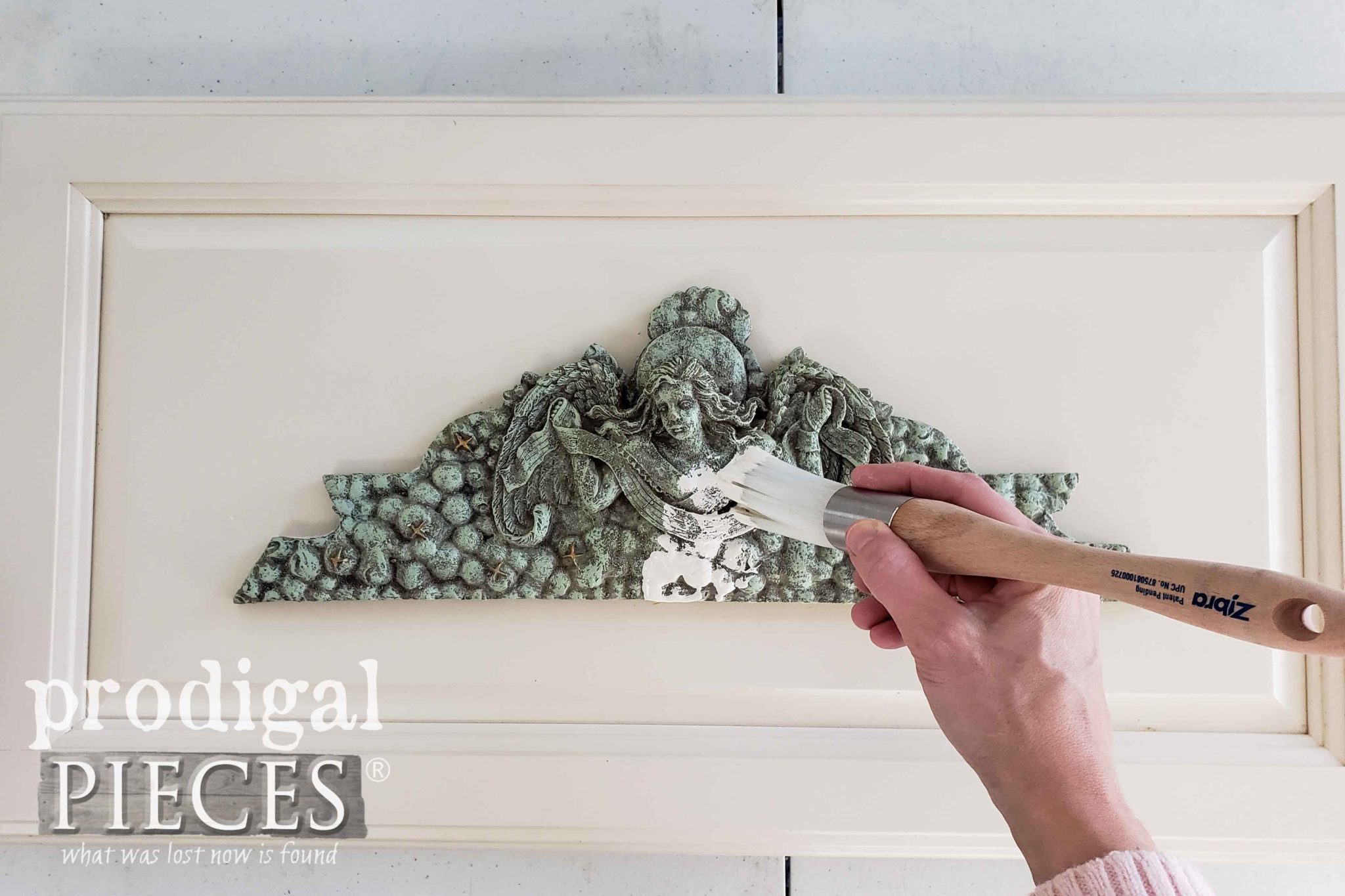
- After that, apply any highlights you would like. I used a soft white on the blue. Also, this is the time to add any gilding using metallic paint or gilding waxes.
- Next, apply a glaze in any color you prefer. I used this custom coral color with my paint brush. In addition, I have many glazing tutorials found HERE. My glaze is made of basic latex paint and a bit of water. A good ratio is 1 cup paint to ¼ teaspoon water. As a result, you are aiming for consistency similar to milk. Brush on making sure to hit all areas and wipe off with a damp cloth. Let cure.
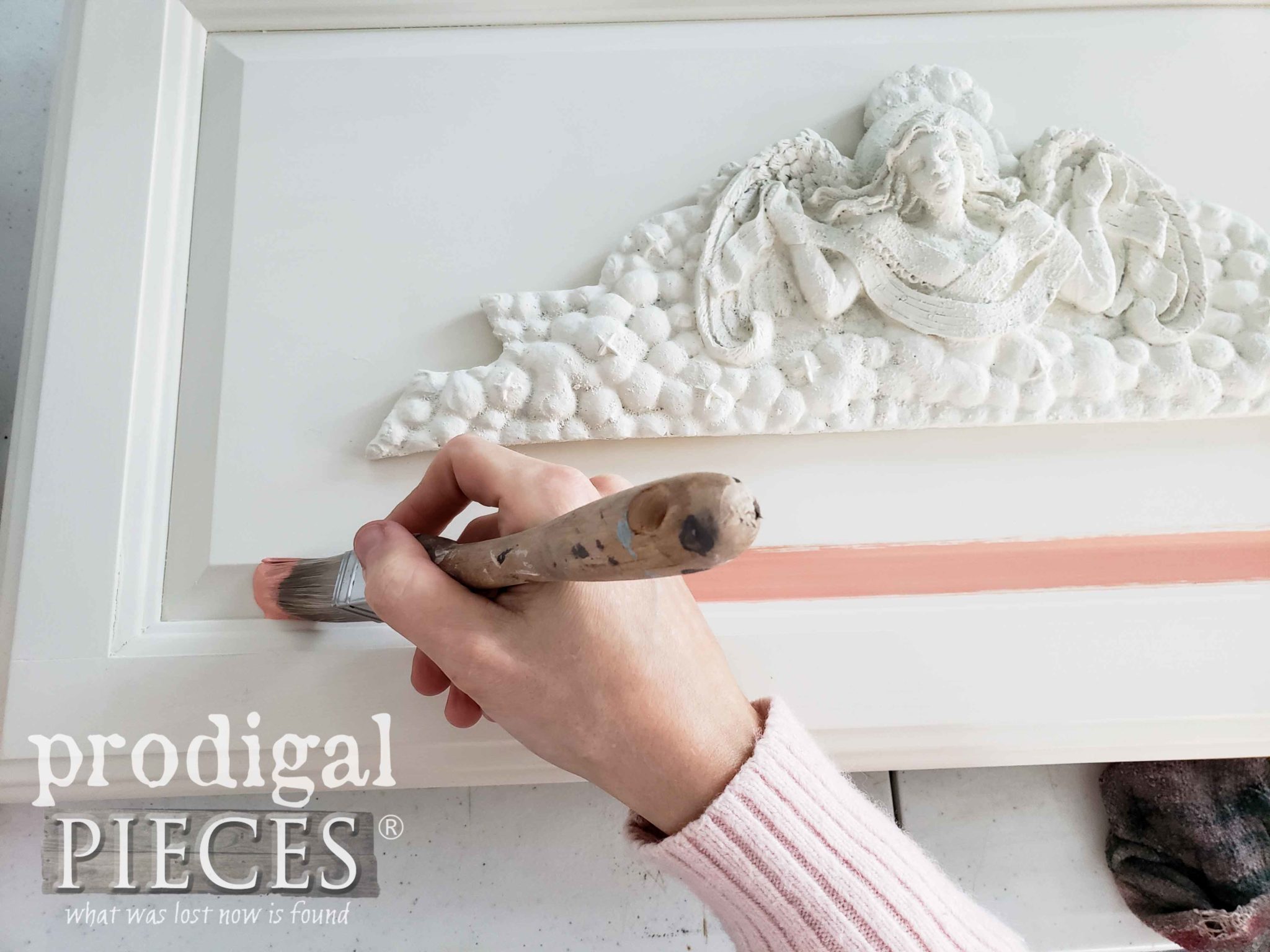
- Last, to add another layer of dimension, add waxes in various depths to draw out the fine details. Buff with a soft cloth to your desired finish. Also, you can add distressing using a wet distressing method or basic sandpaper.
ALL DONE
Finally, add some hardware to the back, like these keyhole hangers. You’re done! The sky’s the limit when it comes to the variations you can use in your paint layering technique. I’ve only skimmed the surface of the options.
With that in mind, I had such fun with this video. In addition, I hope it helps you all to visualize and end result as you come upon finds in your home and while out #trashure hunting.
Also, don’t forget the blue one. Even more, this one I create using a Vintage color chalky finish paint I’ve used on these past projects.
So…I have to ask…which one is your favorite?
Not only are both of these wall art pieces available in my online shop, but there is also redeemed furniture, vintage finds, and handmade goods. Also, if you sign up for my newsletter, you’ll receive a discount off your first purchase.
SHARE
I’m all about inspiring YOU. Likewise, pin and share this paint layering technique to inspire other to give DIY a try!
Up next, this chest that has been in my sons’ closet is about to be redeemed. See the new look HERE.
Until next time!
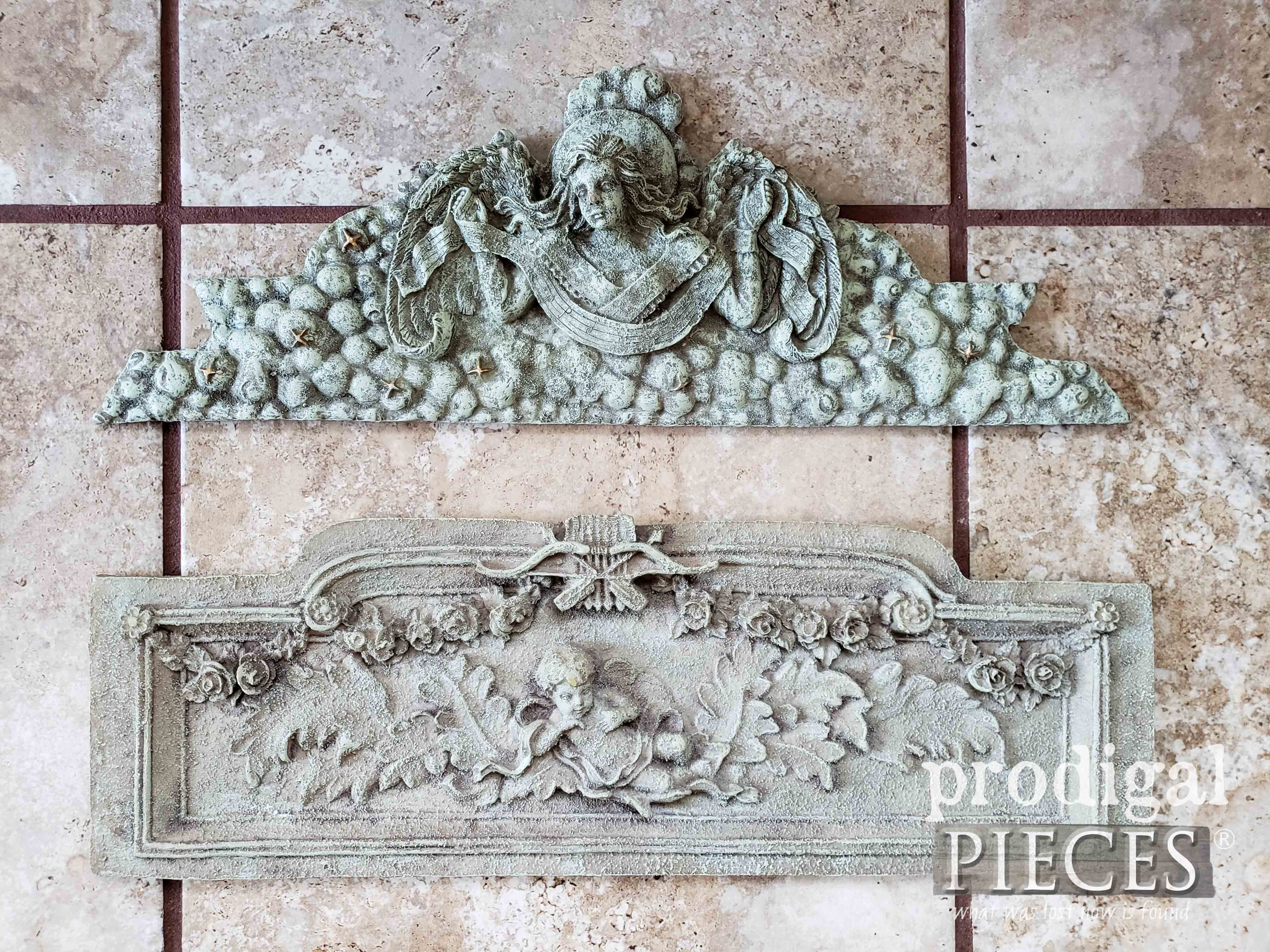
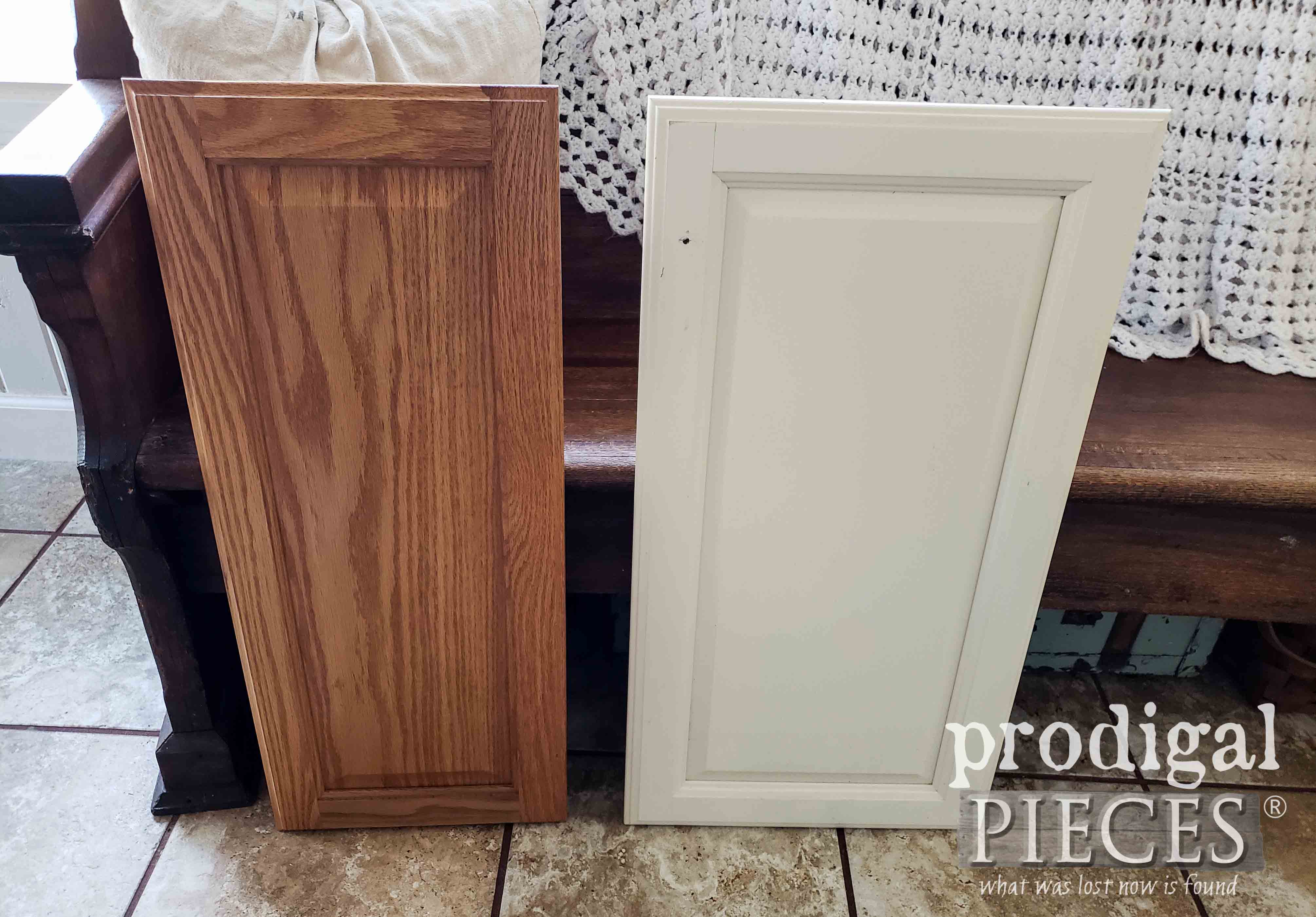
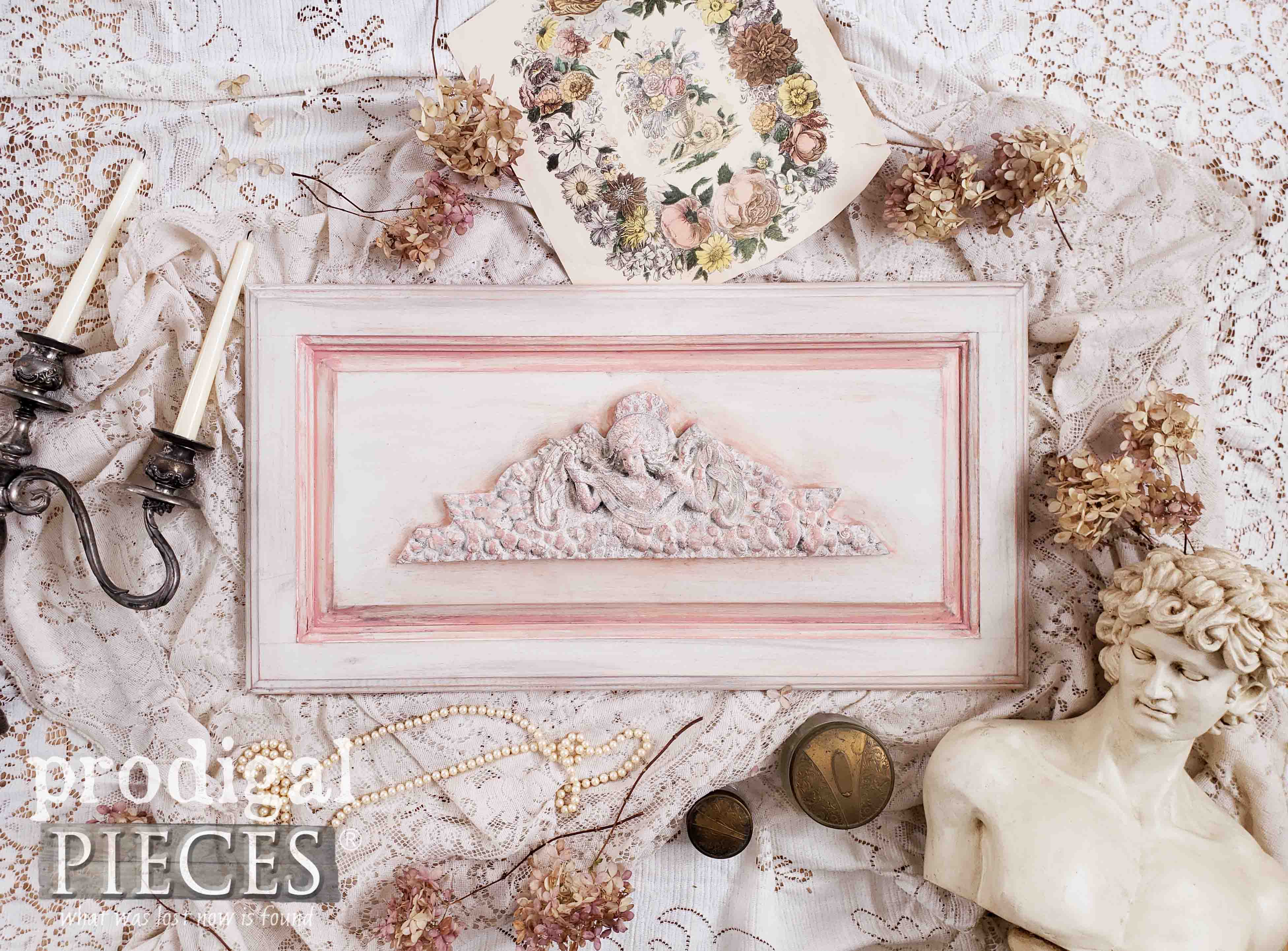
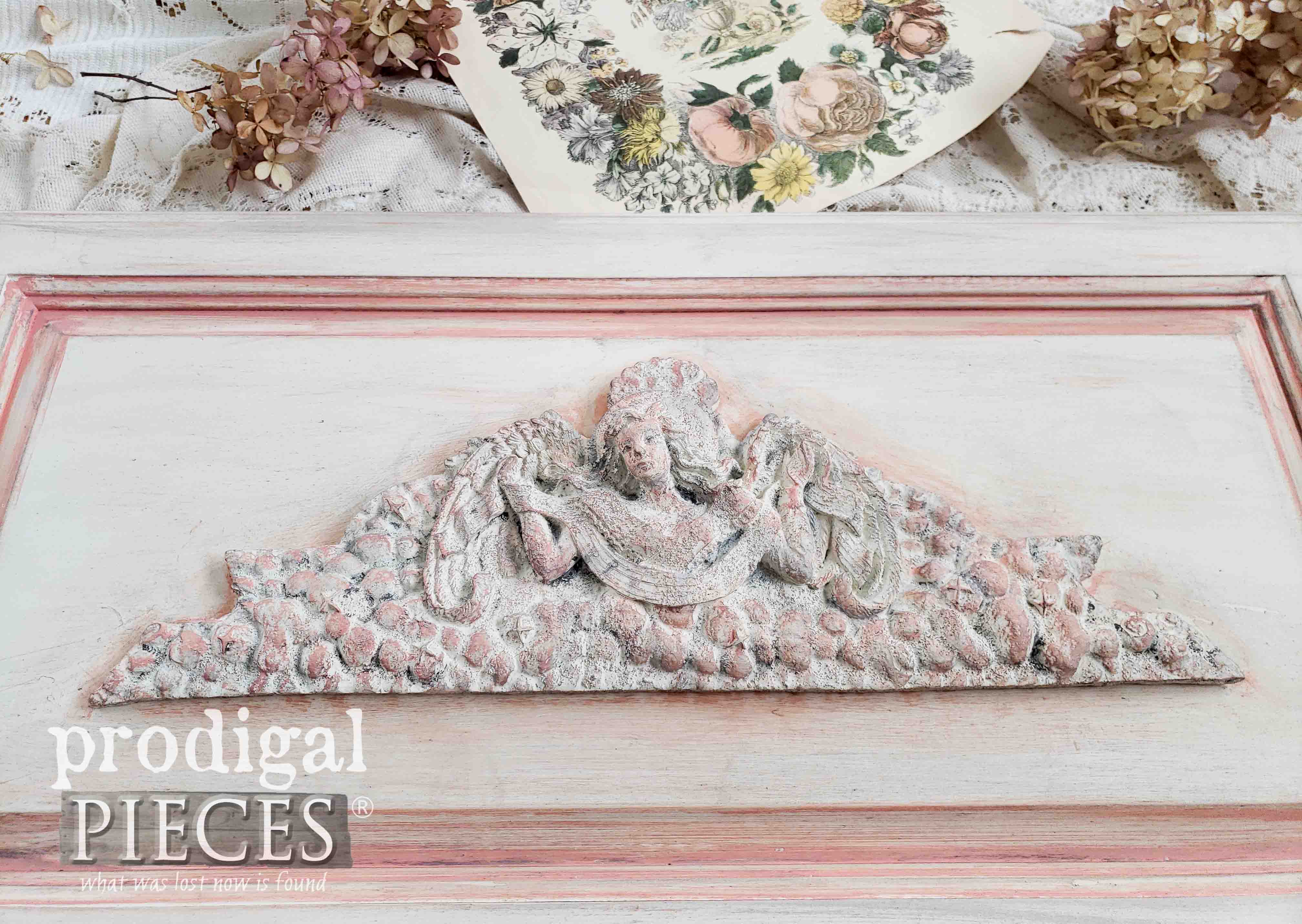
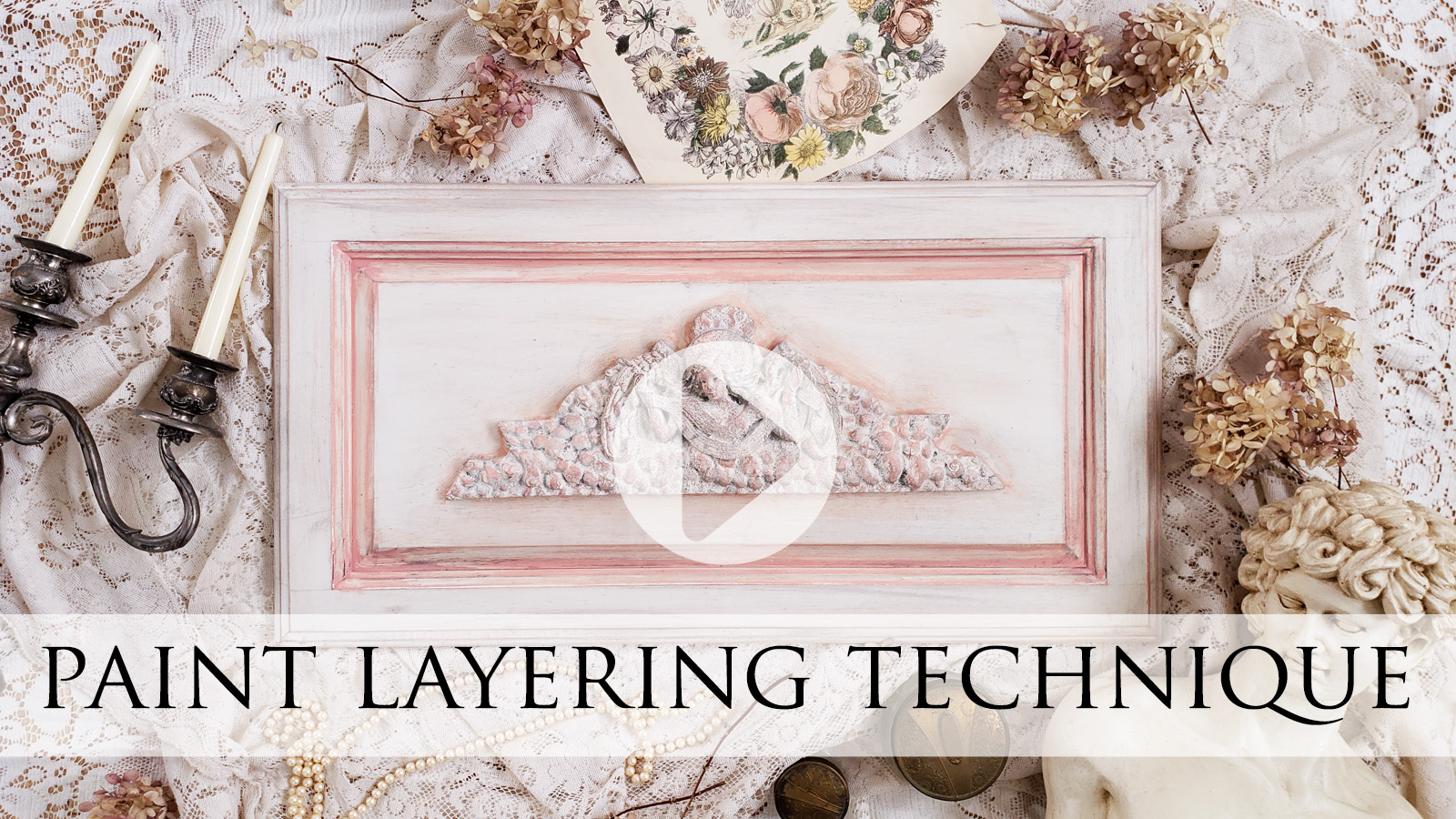
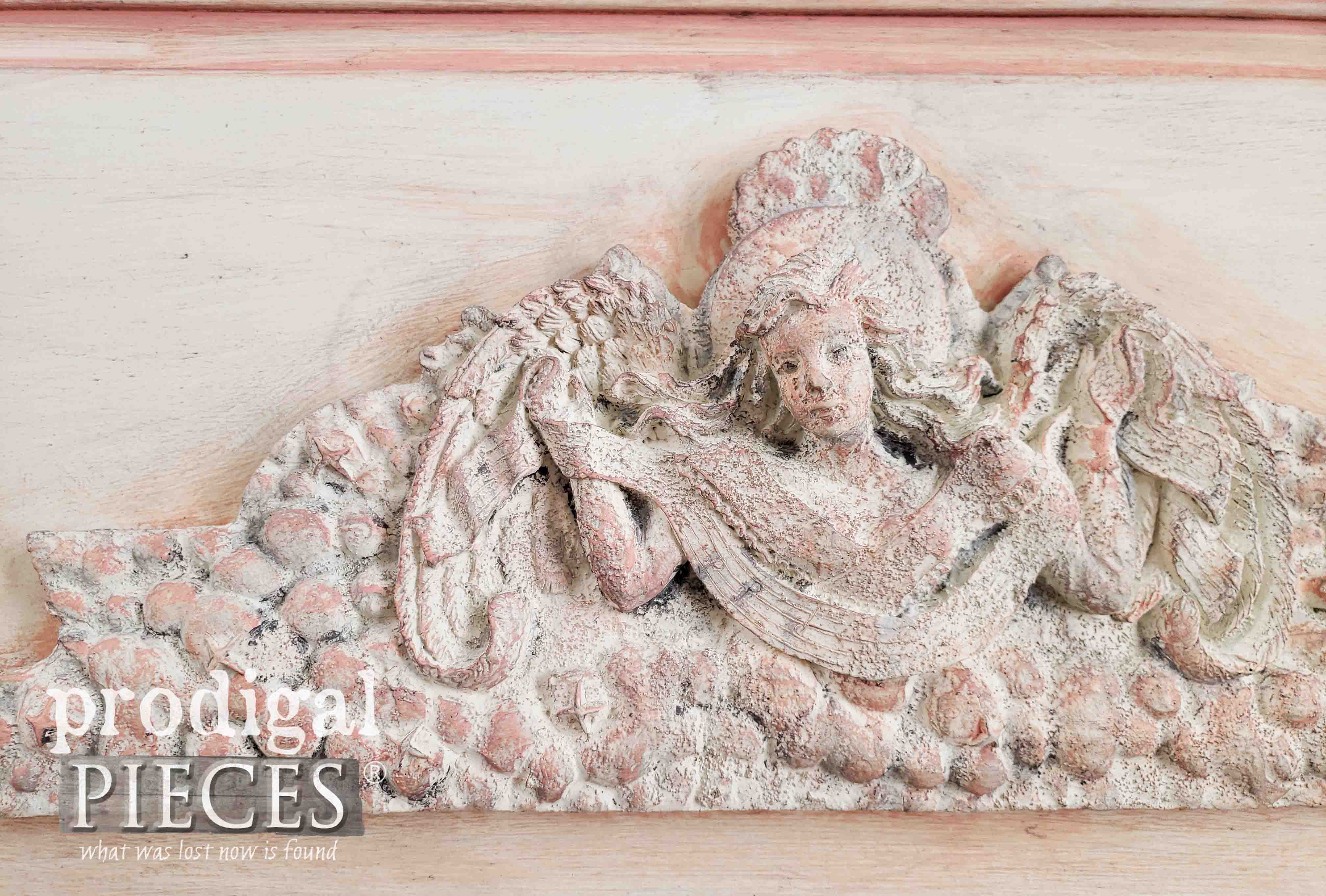

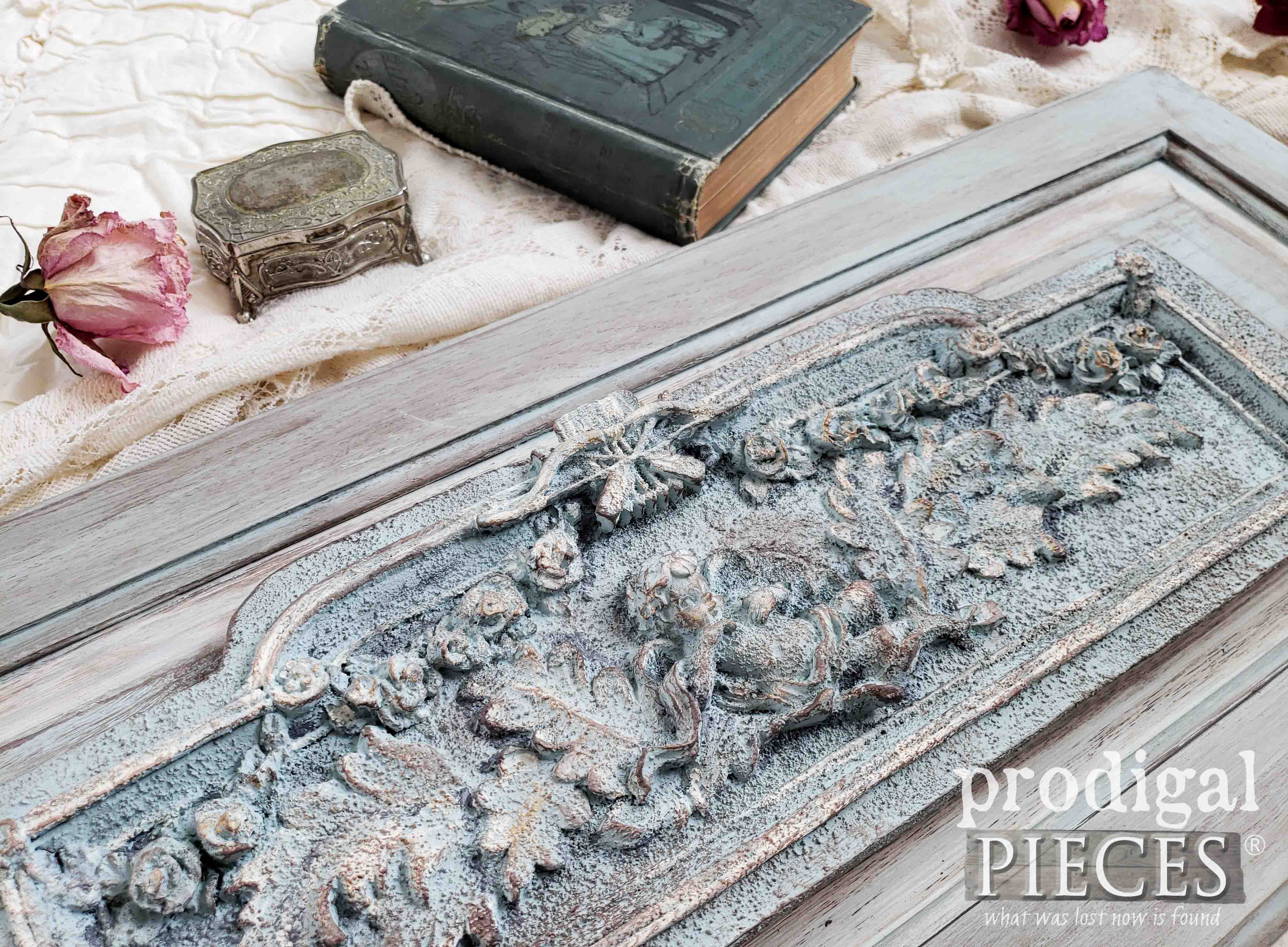
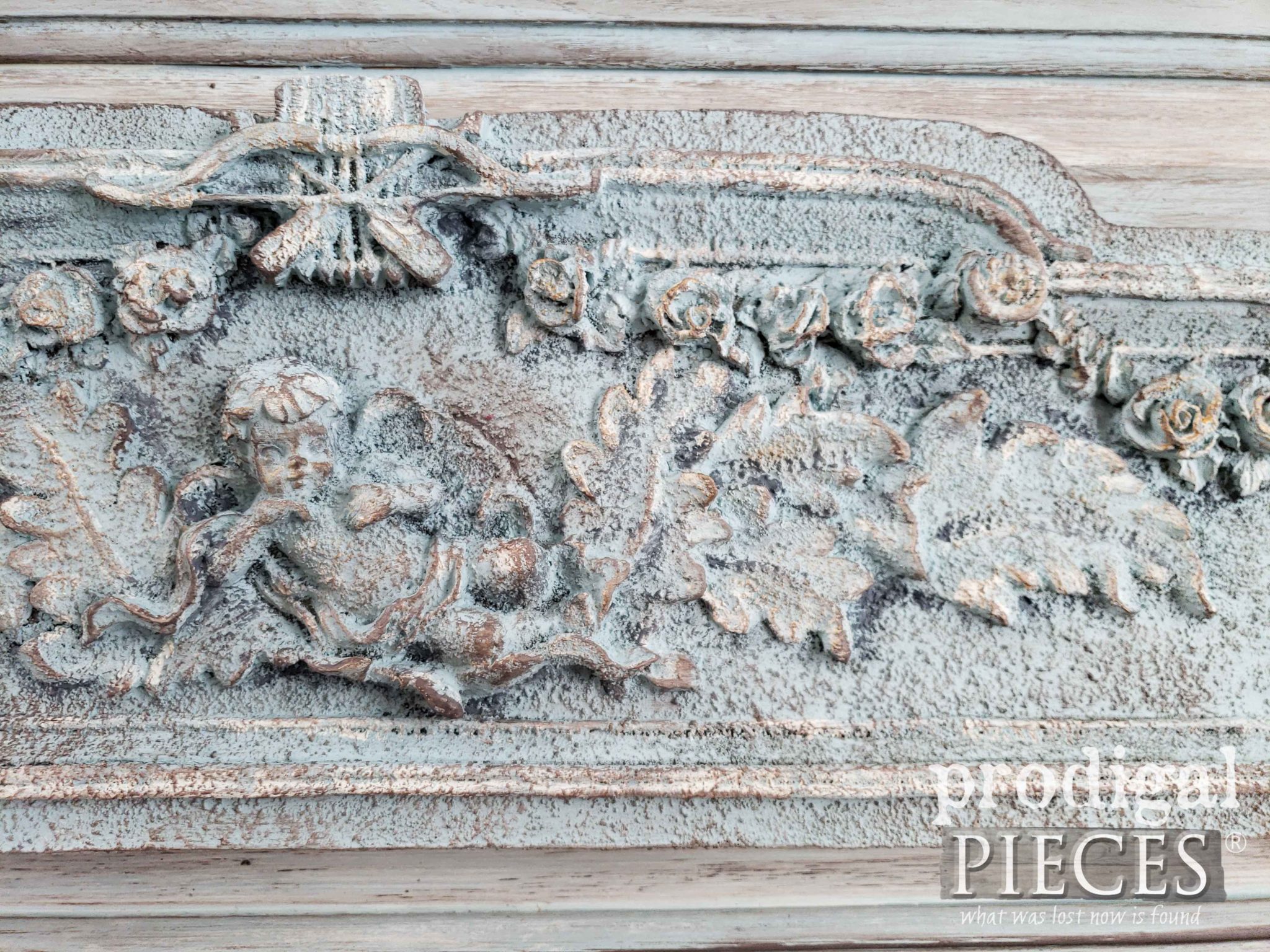

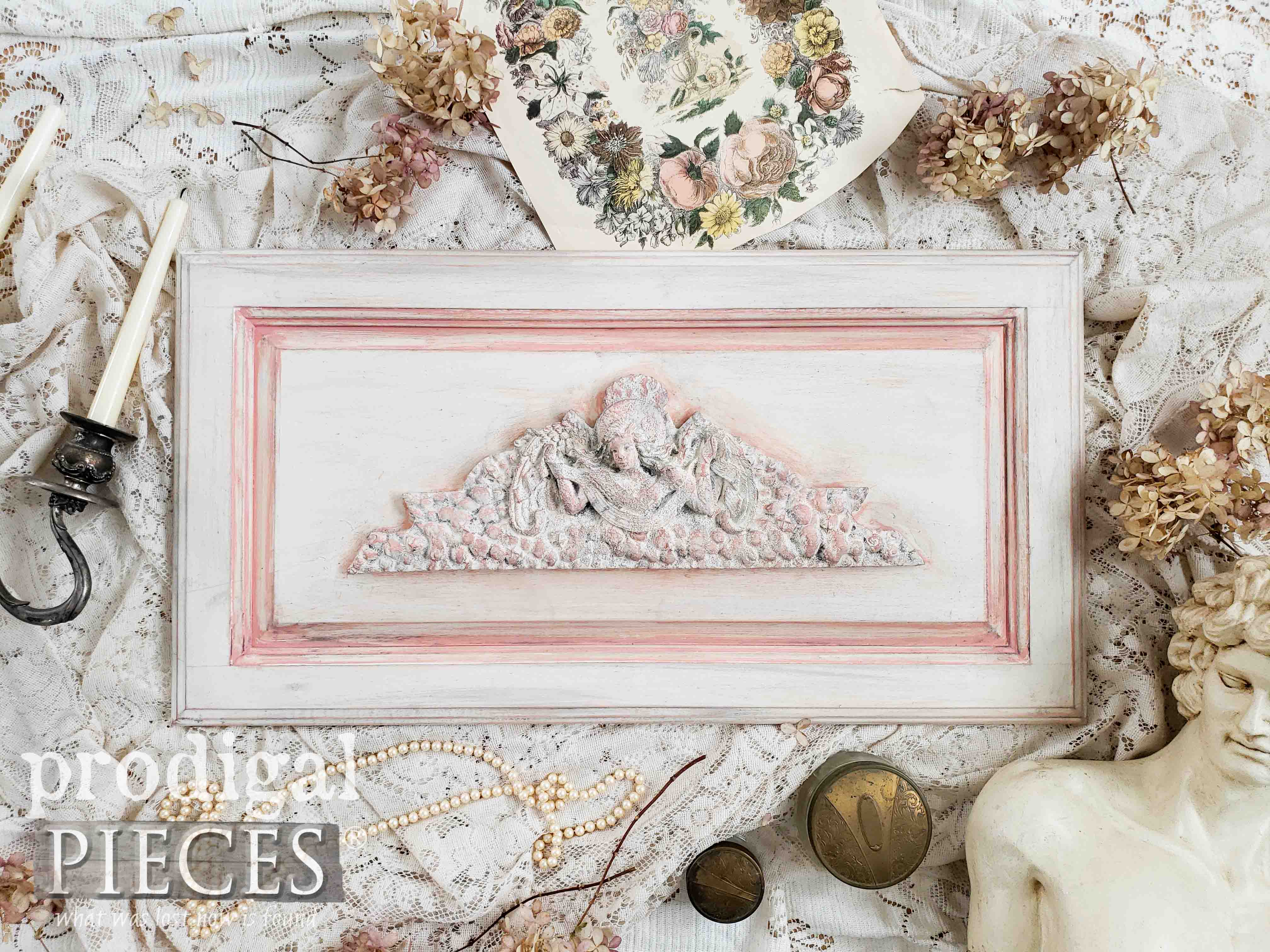
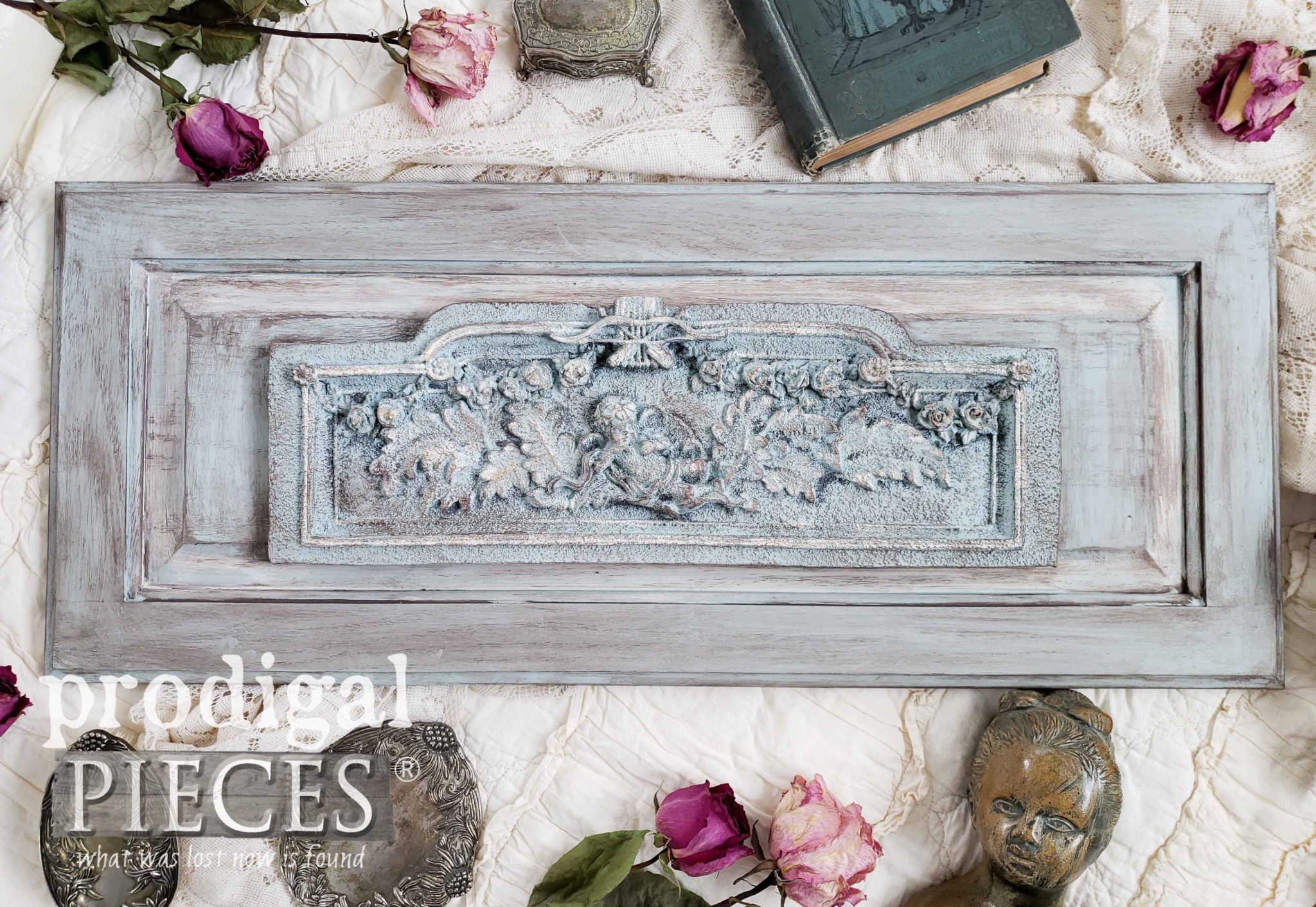
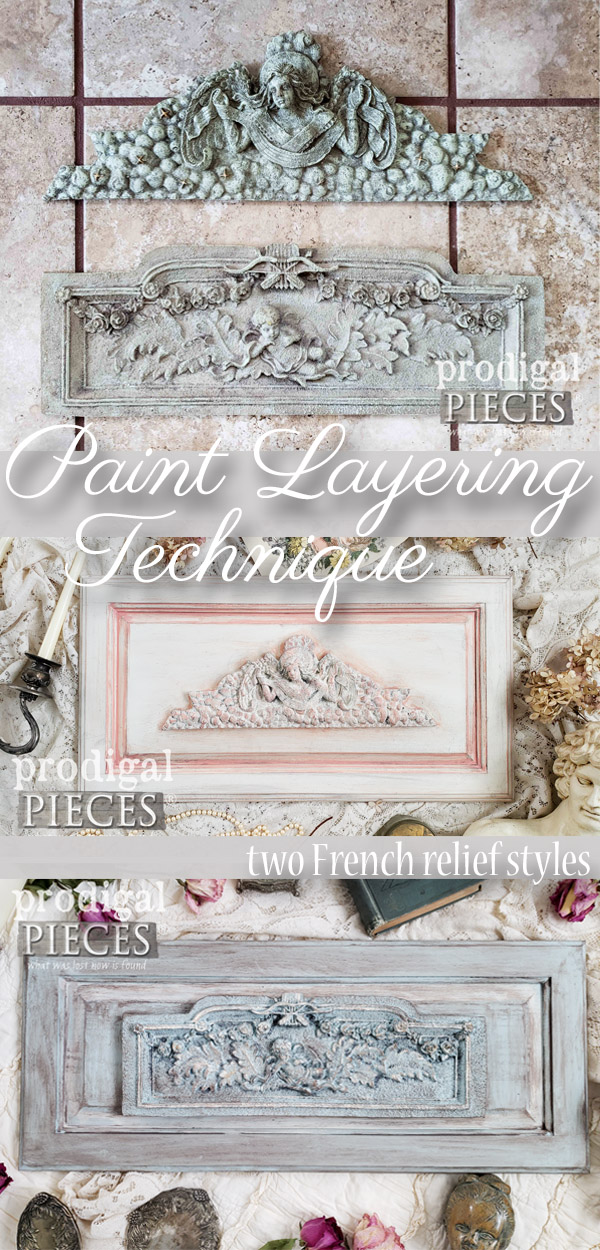


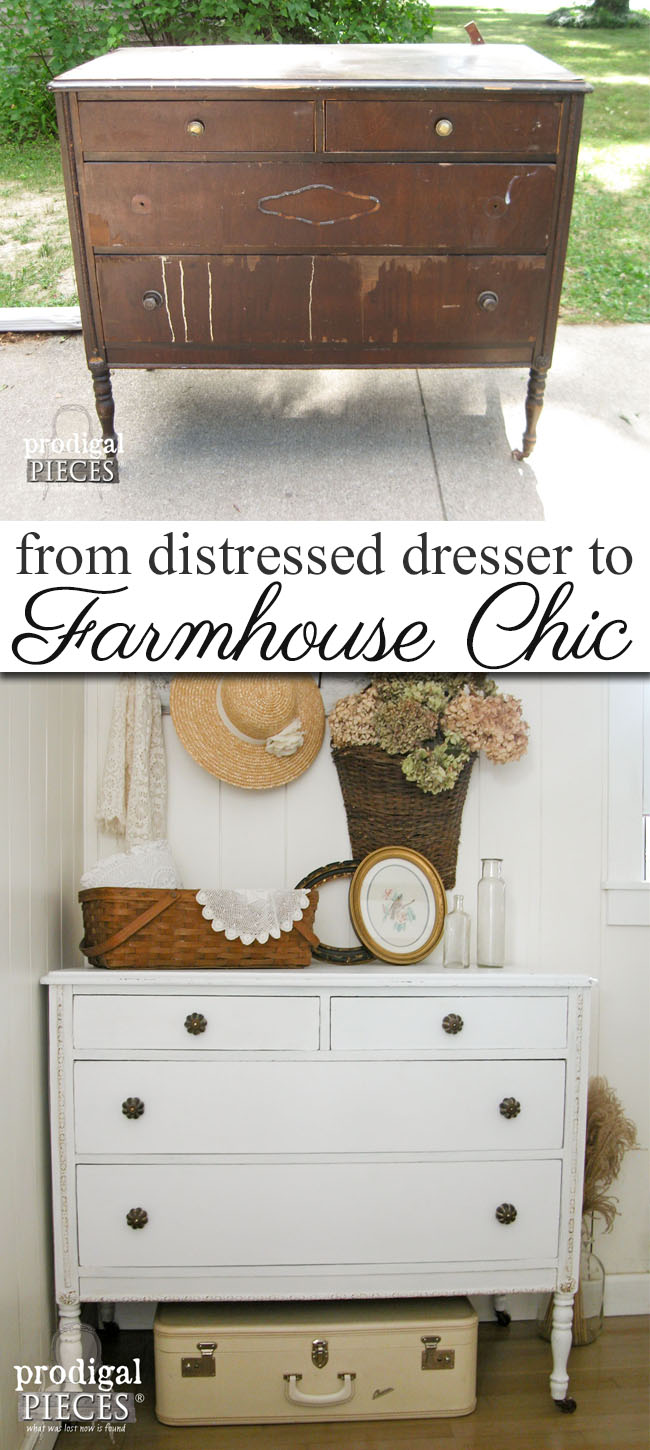
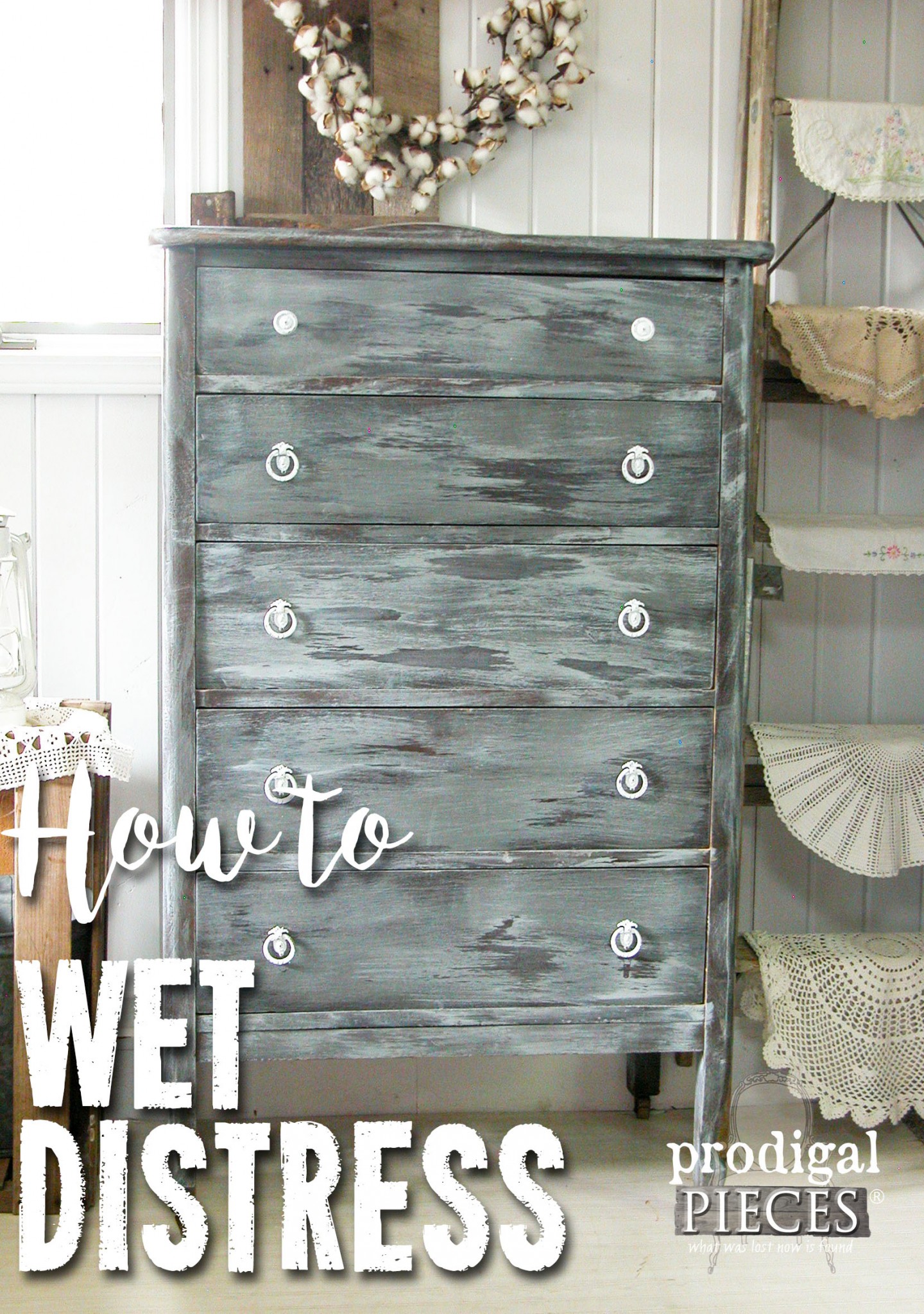
For me the verdigre is the one! I love that look. Not too sure about the pinky one. Might have gone w a base gold, then white wiped off. Then some wax. The color seems a bit of a distraction somehow. It might be better in person, color is funny like that. I never find this in my thrift store, dang it!
Thank you. If you study French relief art, the coral colored one is a classic design. 🙂
Never would have thought of that! Although I’m not a pinky person, I just like the way the top one came out better. But I like the bottom one as well. What type of glue did you use ? I have a plaster relief of the last supper I’d like to do this to.
Thanks! I’m not as much for pink either, but I was trying to stay true to the French relief art of ancient days. I used a Liquid Nails. Sounds like some DIY fun is headed your way.
Hi Larissa: I’m a daily reader and was very interested your comment about making your own glaze. You said you use 1 cup of paint and 1/4 teaspoon of water. Since I’ve never done this and rely on your expertise, how does 1/4 teaspoon of water make any difference in that amount of paint?
Hi Cate! 😀 It only does a tiny bit as it’s 1/4 teaspoon. They key is to work in small batches as the only difference between this and a ready mixed glaze is that it has an additive to keep it from drying too fast.
Well you certainly turned this ugly duckling into a beautiful swan. Amazing difference!! Great job Larissa!!
This was a fun DIY to share. Thank you, Debra.
These are both beautiful! The first one reminds me of a weathered terra cotta. Again, i am amazed at you wide range of talents and knowledge. I love how you research your subjects and share with us. (If you made me choose, I’d pick the blue one.)
Thank you for getting where I’m coming from. I truly enjoy sharing.
In my opinion i liked them when they were just white i think the coral looks a bit garish but you are the expert you alw st a seem to have such a good vision o know someone out there will love it
As I mentioned, the idea was to recreate the French relief art of ancient days. If you’ve ever seen them, they are elaborate and tend to have mixes of muted tones to create the depth, including the coral color. The point of the tutorial was to show how to achieve that effect. You most certainly could do you own and leave them white. Many love this look from decades gone by. 🙂
Hi Larissa, What a difference your painting technique made on both of these! Like I mentioned over on IG, if I had to choose a favorite it would be the blue cherub. I just really love sweet cherubs, but both came out beautiful and look so much better mounted on the painted cabinet doors! I love them!!
You are sweet to send good words. Thank so much, Kaycee. 😀
They both have that lovely aged look but you know I love the blue one the best!
I knew you would! Thank you so much, Mary.